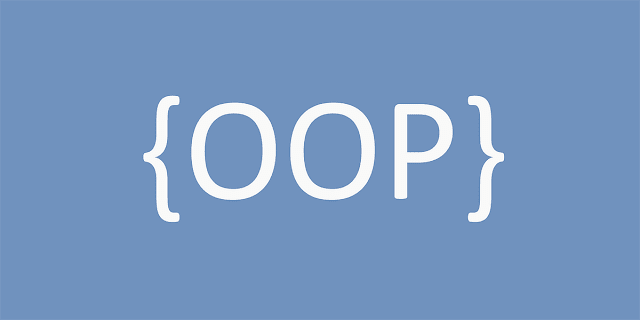Unlocking the Power of Object-Oriented Programming (OOP) in Java
The Four Pillars of OOP
Object-Oriented Programming in Java revolves around four essential principles, often referred to as the pillars of OOP. These principles guide developers in creating efficient, maintainable, and flexible code:
1. Encapsulation
Encapsulation is the practice of bundling data (attributes) and the methods (functions) that operate on that data into a single unit called a class. In Java, classes serve as blueprints for objects, encapsulating both data and behavior within a defined structure.
2. Inheritance
Inheritance allows one class to inherit the properties and methods of another class. This promotes code reuse and the creation of hierarchies in your application. Java supports single and multiple inheritance through classes and interfaces, respectively.
3. Polymorphism
Polymorphism enables objects of different classes to be treated as objects of a common superclass. It allows for flexibility in method invocation and is a key feature for achieving dynamic behavior in Java applications.
4. Abstraction
Abstraction involves simplifying complex systems by breaking them down into smaller, more manageable parts. In Java, abstraction is achieved through abstract classes and interfaces, providing a blueprint for derived classes.
Creating Classes and Objects in Java
In Java, everything is an object. To create an object, we first need to define a class. Let's take a look at a simple example:
Here, we've created a Car class with attributes make, model, and year, along with two methods start() and stop(). To use this class, we can create objects of type Car:
Advantages of OOP in Java
1. Code Reusability
OOP encourages the reuse of code through inheritance and polymorphism, reducing redundancy and promoting efficient development.
2. Modularity
Classes and objects promote modularity in code, making it easier to maintain and understand, especially in large projects.
3. Flexibility and Extensibility
Java's OOP features enable developers to easily extend and modify existing code, adapting it to changing requirements.
4. Enhanced Security
Encapsulation ensures data privacy by controlling access to attributes and methods, enhancing application security.
Conclusion
Object-Oriented Programming (OOP) is a fundamental concept in Java that empowers developers to write efficient, organized, and scalable code. By embracing the four pillars of OOP - encapsulation, inheritance, polymorphism, and abstraction - you can create robust Java applications that meet modern development demands.



Comments
Post a Comment